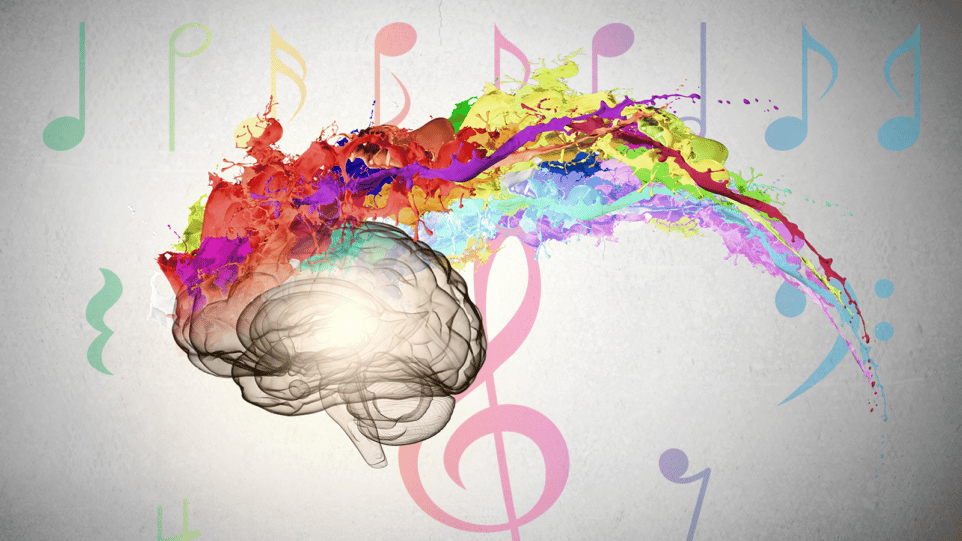
Have you ever associated a letter or a number with a color? Well, this is one of the most common types of synesthesia.
the facts
Our brain relies on the 5 senses: sight, taste, sound, touch, and smell. Synesthesia is a
neurological disorder that summons two or more senses at one time, depending on the stimuli or the trigger. It has over 80 forms, which is why many people don’t realize what they are experiencing and act surprised when they find out.
The most common synesthesia types are grapheme-color, number-form, lexical-gustatory, chromesthesia, mirror-touch, ticker tape, and auditory-tactile, while the rarest is time-unit synesthesia, where a specific time period is associated with one of the five senses. Let’s take as an example sound-to-color synesthesia, which is seeing different colored shapes when hearing sounds. Basically, it creates a mix between sight and sound.
the unknown
Synesthesia is currently a mystery for science. Experts don’t clearly know its causes. However, neurologists say that it is associated with strokes, head trauma, and being transmitted genetically. Some theories even say that it comes from left-handedness or even from the past use of drugs.
It is a rare condition. Experts estimate that the population of synesthetes is around 4 percent of the total global population. While it can take over 80 forms, the exact number is not entirely clear due to the many combination possibilities.
the history
Many painters and musicians had synesthesia. This explains a lot because it can help with creativity, and this can be the main reason they decided to take an artistic route; they see the world differently. One fitting example is Vincent Van Gogh, one of the most well-known painters in the entire world. His painting style is immediately recognizable, this being one of the reasons he became so popular. It is believed that he had chromesthesia, a form of synesthesia that associates sounds with colors. The possible evidence is in the letters he was sending to his brother, where he admitted that he has intense reactions to color. However, there is no definitive evidence that Van Gogh actually had synesthesia.
a short conclusion
Overall, synesthesia is a condition that makes people view the world in a completely different way; it creates a unique environment for the human mind and can change the perception of sound, taste, sight, touch and smell, creating a smoothie of senses.
Bibliography:
Synesthesia - Wikipedia
interesting facts about synesthesia - Search (bing.com)
rarest synesthesia type - Search (bing.com)
www.verywellmind.com/living-with-synesthesia-7482435
2. my.clevelandclinic.org3. medicinenet.com
Synesthesia in Music and Visual Art | WFMT

Comments